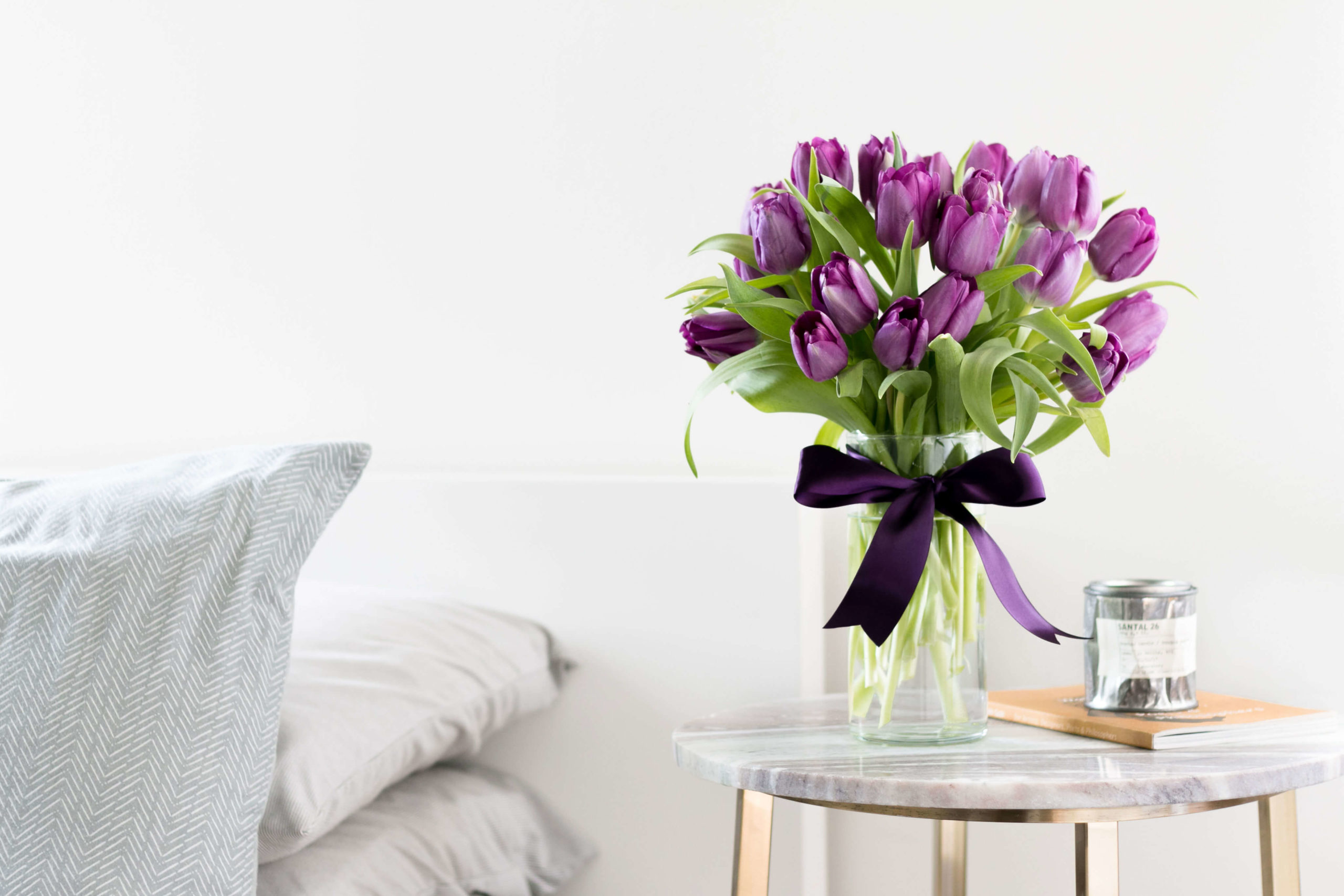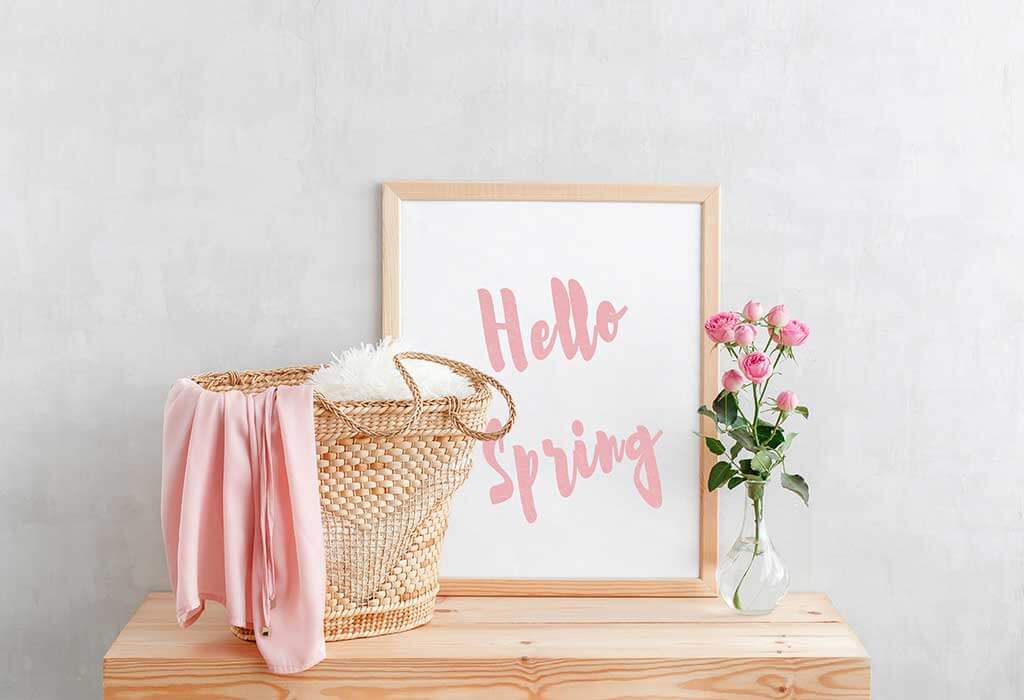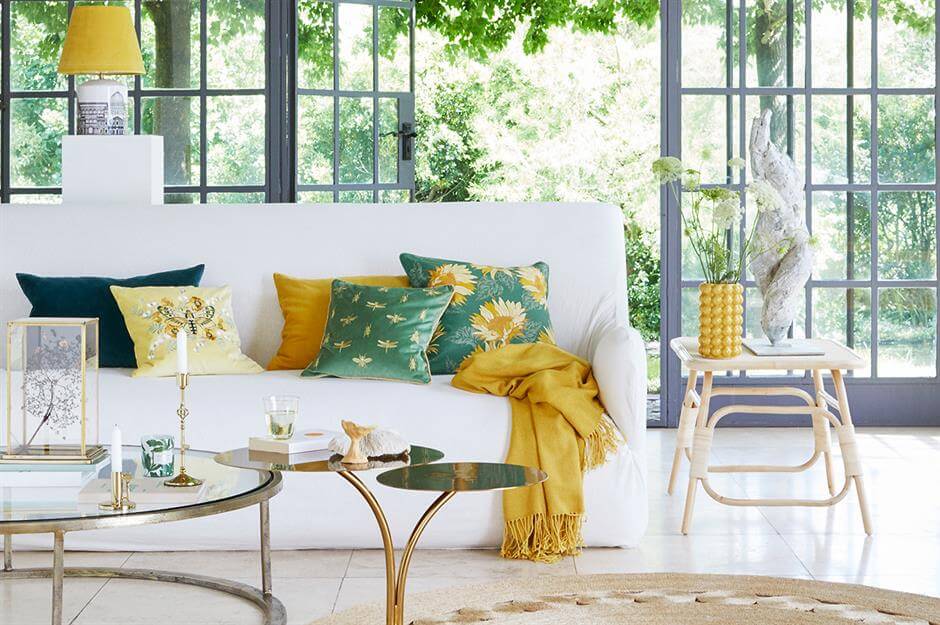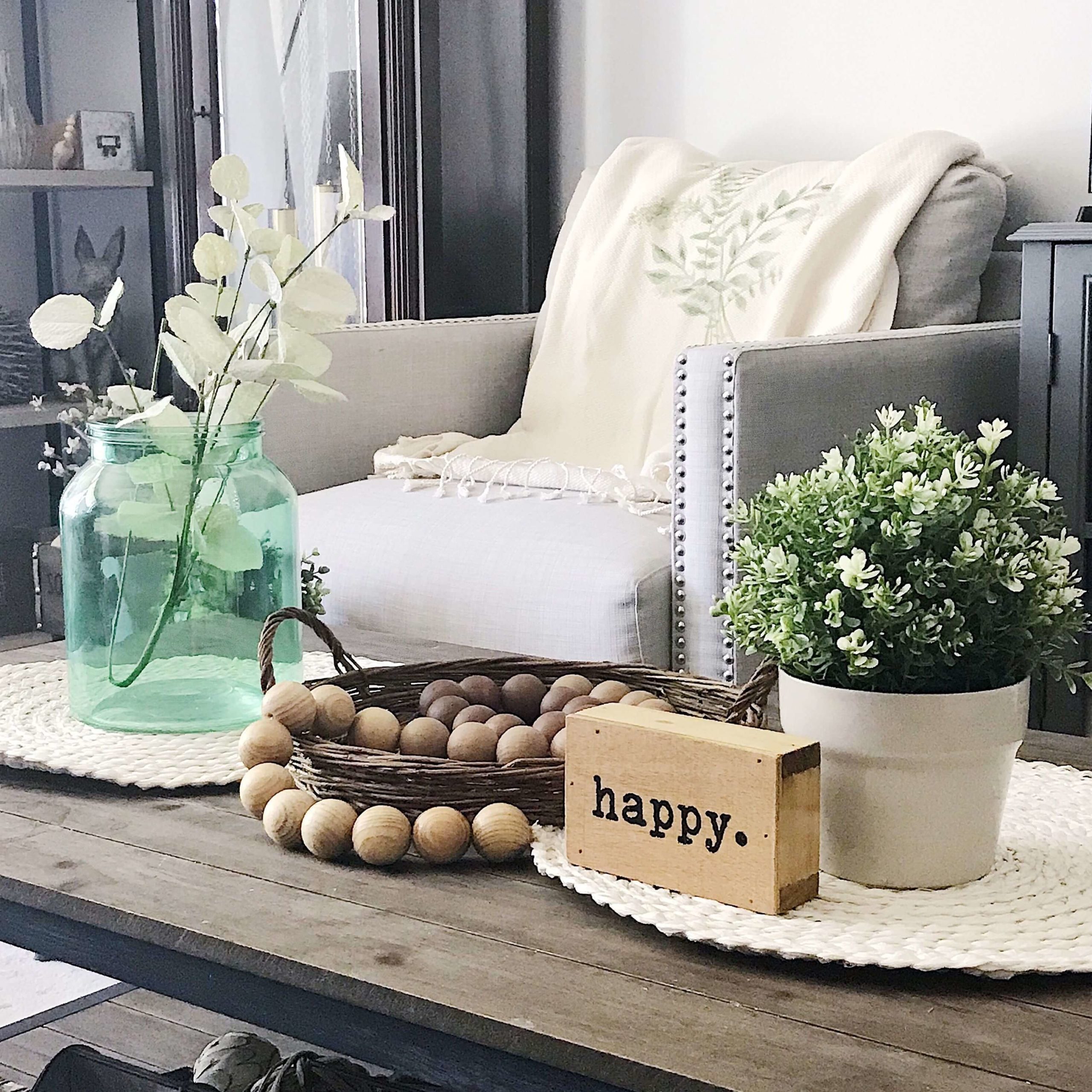Spring is a time of renewal, full of colors and that reminds us of the biggest changes in life. To reinforce this feeling, nothing better than taking advantage of the lullaby and learning how to decorate with flowers, do you agree? Floral arrangements look beautiful both in tall and discreet vases, indoors or outdoors. So choose your favorite plants and use all your creativity: the result will certainly be amazing!
Next, check out our tips for decorating with flowers and make your home even more beautiful next season!
1- WHAT ARE THE BEST OPTIONS FOR DECORATIVE ARRANGEMENTS?
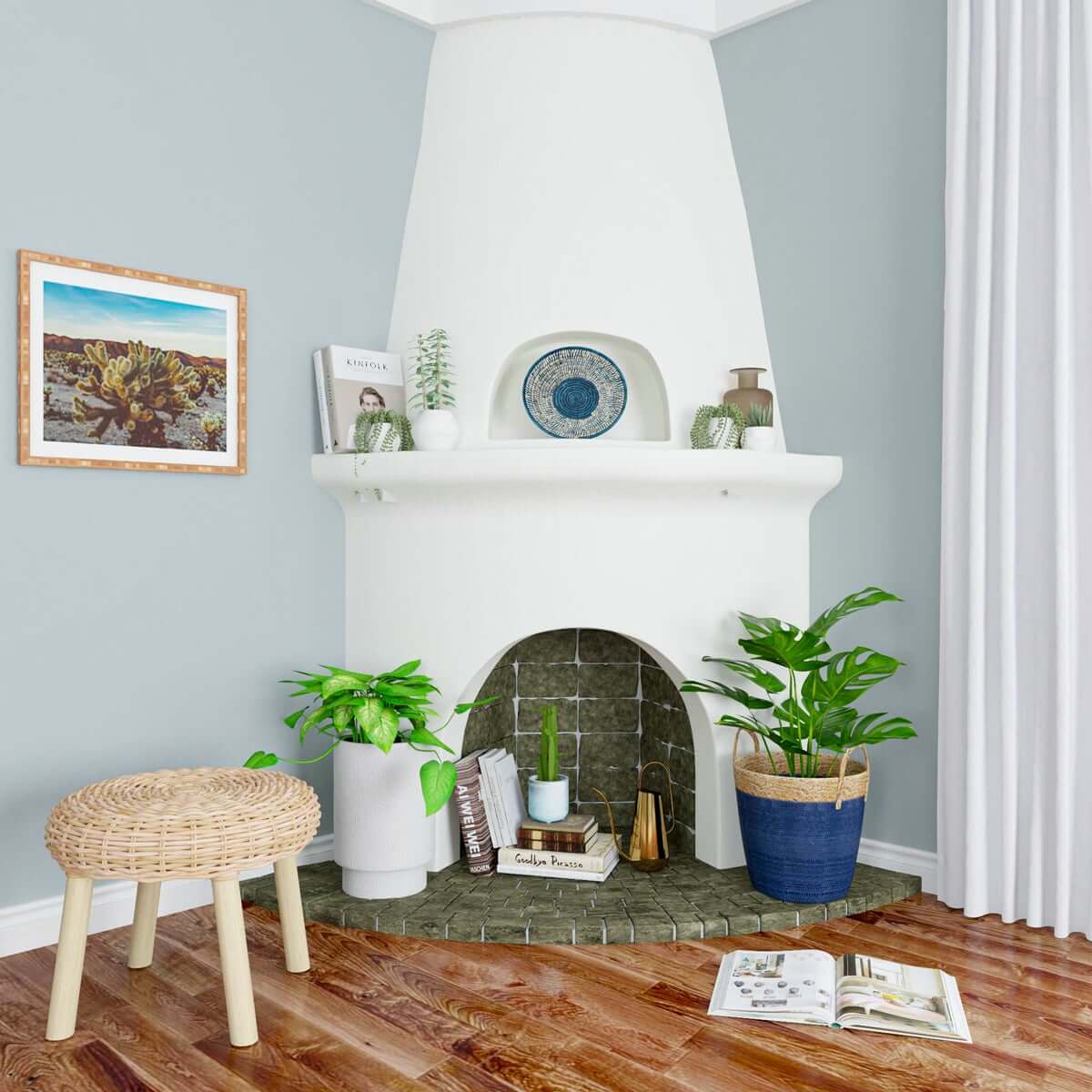
Each type of flower has different characteristics and requirements, which mainly influence the durability of the arrangements and the atmosphere created for each environment with the decoration. We separate the main ones below.
2- HOW TO DECORATE INDOORS WITH FLOWERS?
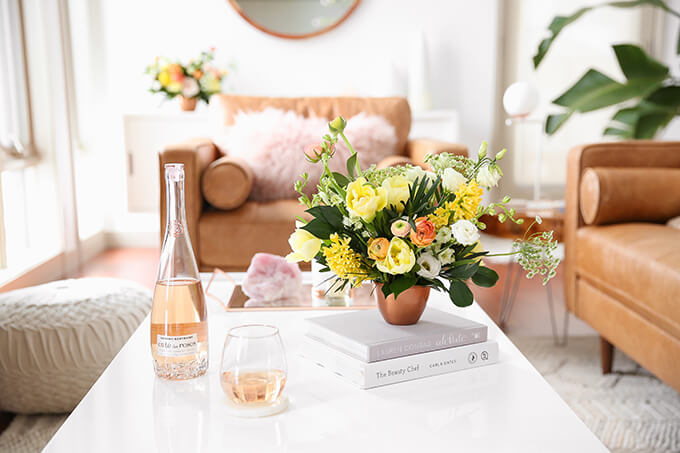
For starters, it is important that the plants chosen help compose the style of the indoor environment itself and, of course, are well adapted to receiving indirect light most of the time.
For more romantic atmospheres and with soft colors, roses and lilies are the perfect options (due to their characteristic delicacy). It is possible to compose the arrangement with one of these types of flower, both or each with lavender sprigs and leaves.
As for a modern decoration, orchids, bromeliads and tulips have the power to enhance the simplicity of formats and lift the environment with their colors. They look great in places near the mirrors, on the dining table and on side tables.
Our recommendation is to focus on contrasts: in environments whose decor base is composed of neutral colors, colorful arrangements draw attention and are perfect to break the monotony of white or beige tones. Work with up to three colors in tone-on-tone fashion.
In the more colorful spaces, it is advisable to choose species in soft tones, which harmonize with the decoration without leaving the place visually confusing. White lilies or yellow tulips, in addition to having an evident beauty, bring balance when placed on a dark wooden furniture, for example.
3- ORCHIDS
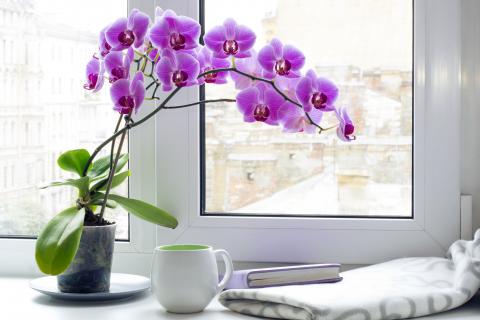
With a wide variety of colors and sizes, orchids work equally well indoors and outdoors. It is a species that appreciates the abundance of sunlight. Therefore, the ideal is to place them in environments with a good amount of natural light, so that they can develop properly.
The person who lives at home should let the indoor arrangements receive sunlight in the yard or garden. For those who are in apartments, just place the vase on the windowsill.
4- LILIES
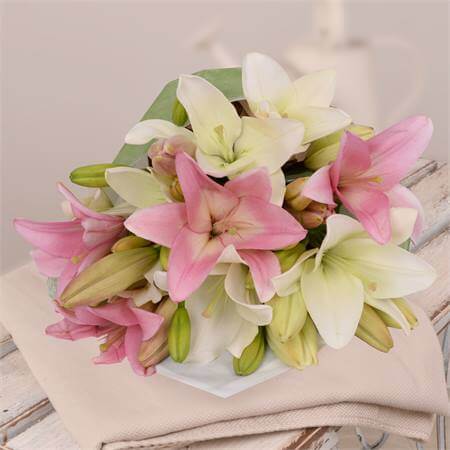
First, note which group of lilies the species you have chosen is from. The oriental ones (with larger and more fragrant flowers) and the Asian ones (with perfume and discreet sizes, but with more vivid colors) are the ones indicated for planting in vases and composing arrangements. Those lilies in characteristic shades of white belong to the longuiflorum group.
Like orchids, the species provides an incredible decoration for indoor environments. It needs good light, but it is not recommended to receive sunlight during the hottest hours of the day.
5- BROMELIADS
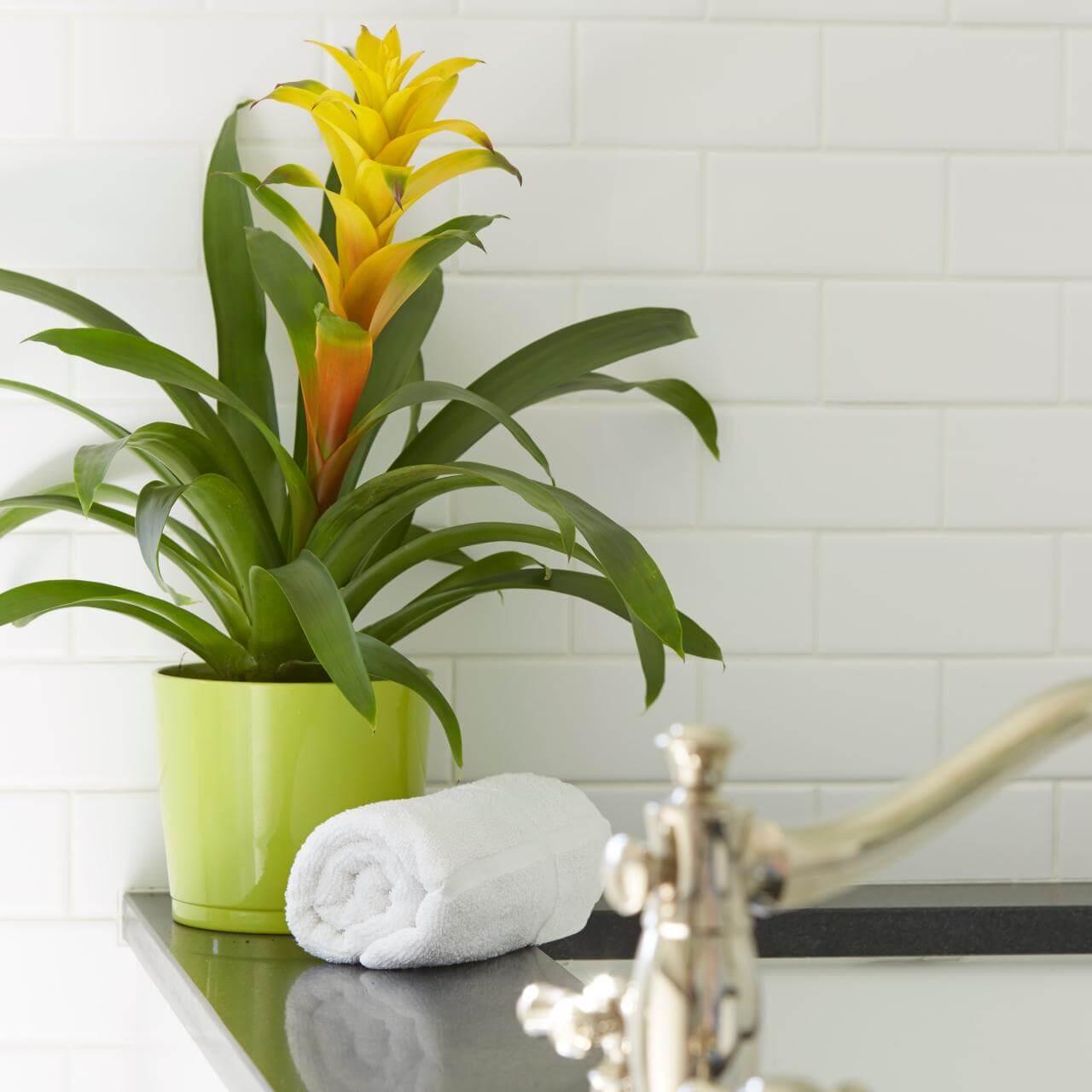
The Bromeliad comes in different sizes, shapes and colors, being one of the types most adapted to climates and hot seasons. This means that the arrangement will look great for at least two seasons: spring and summer!
It is a species most frequently used indoors, since it does not require a lot of care. However, it is necessary to always observe if there are changes in its color, as this can be an indication that the plant is not healthy.
6- ROSES
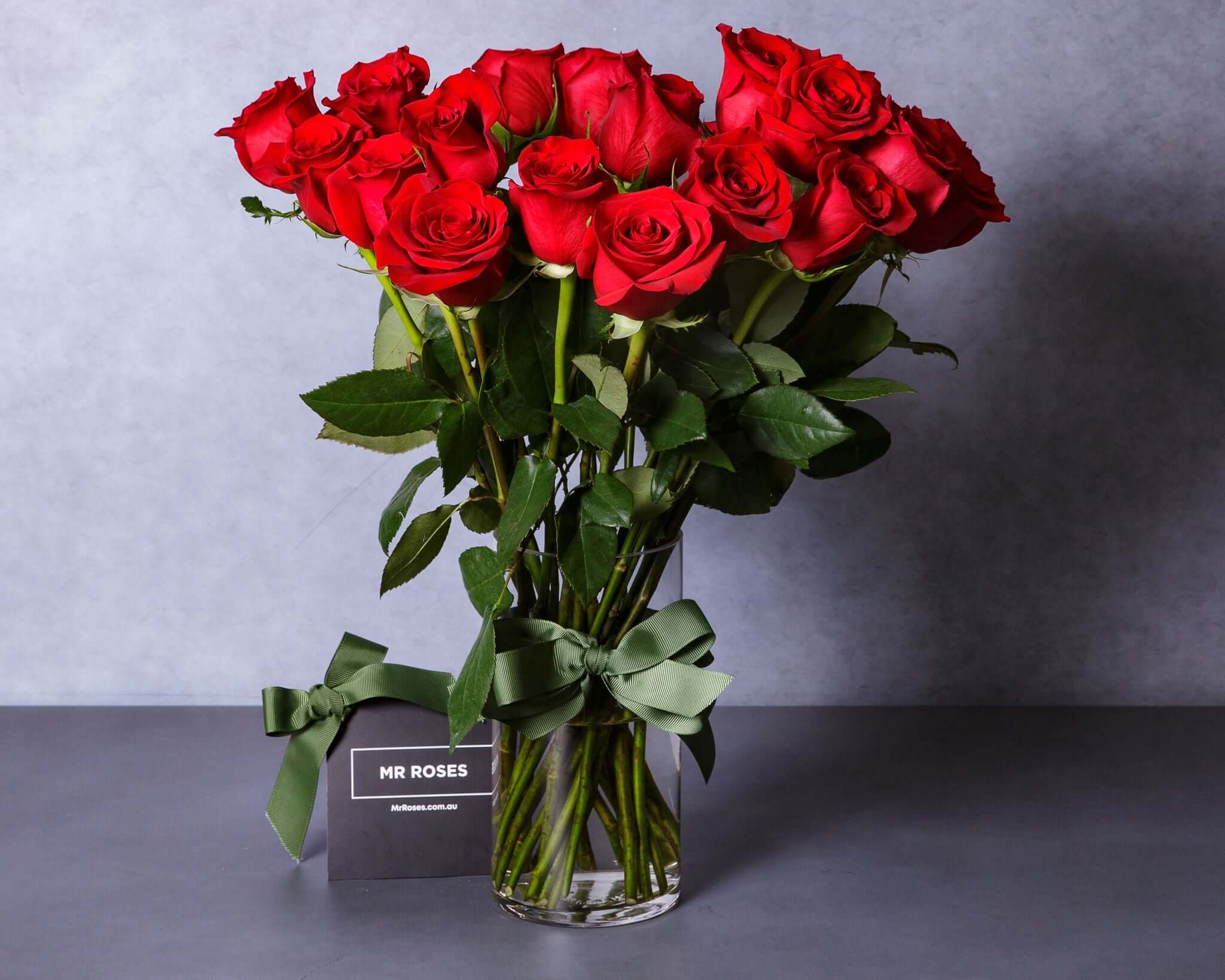
The flower that is most highlighted in books, poetry and songs have a wide variety of colors and a characteristic scent that exudes throughout the day. The rose bush is a medium-sized tree and should be planted in a garden or backyard that receives a good amount of light (and is airy).
Branches with flowers can be used in bedrooms and living rooms, as they are larger spaces. Although the duration of rose arrangements is relatively short, the result is one of the most aesthetically beautiful. To prolong its life, cut the stems lengthwise and use clean water in the vase.
7- TULIPS
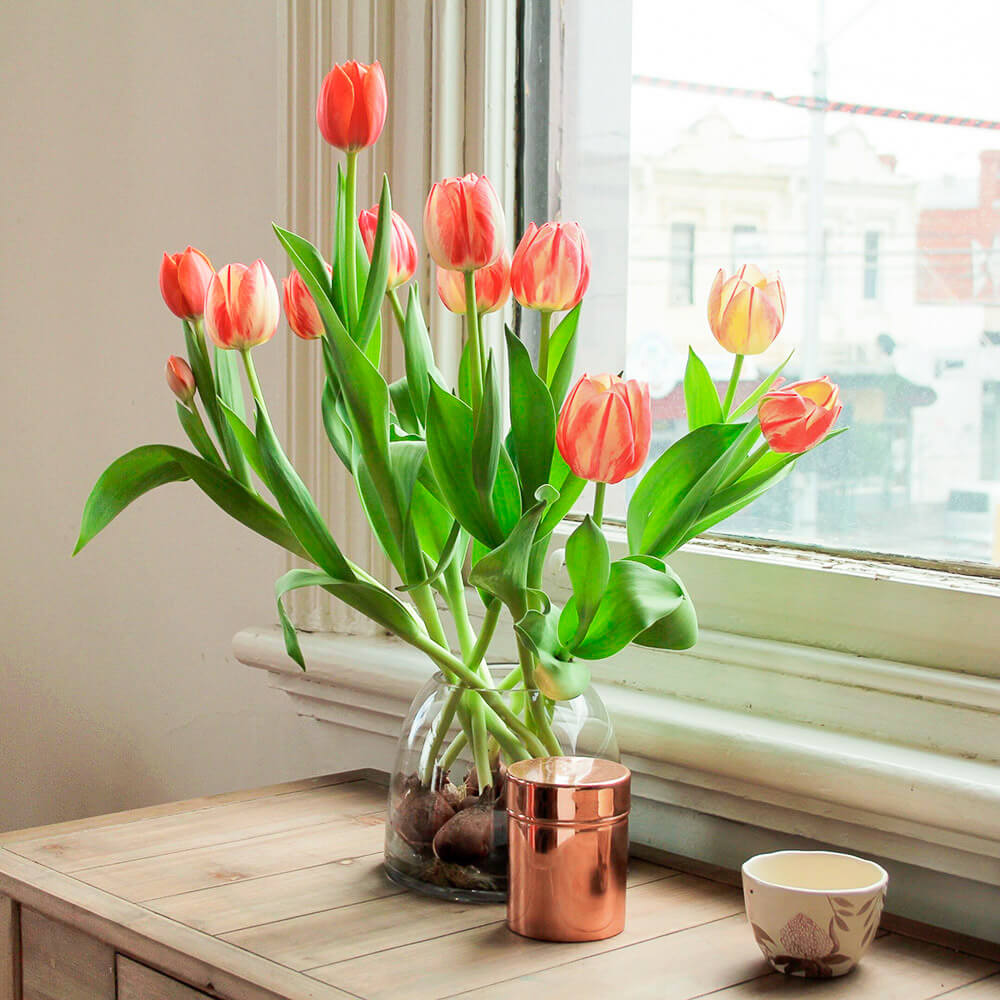
It is a species highly sought after in florists, due to its color, delicacy and purity of its format. As it originates from colder climates, it requires daily watering. A good trick is to place a pebble of ice during the day and another at night, close to the substrate in which the root develops, to reduce excess heat.
The ideal is to keep the arrangements in airy places – but away from wind currents – and with indirect natural light. Tulips are therefore perfect for indoor spaces such as living rooms, bedrooms and hallways.
8- JASMINE
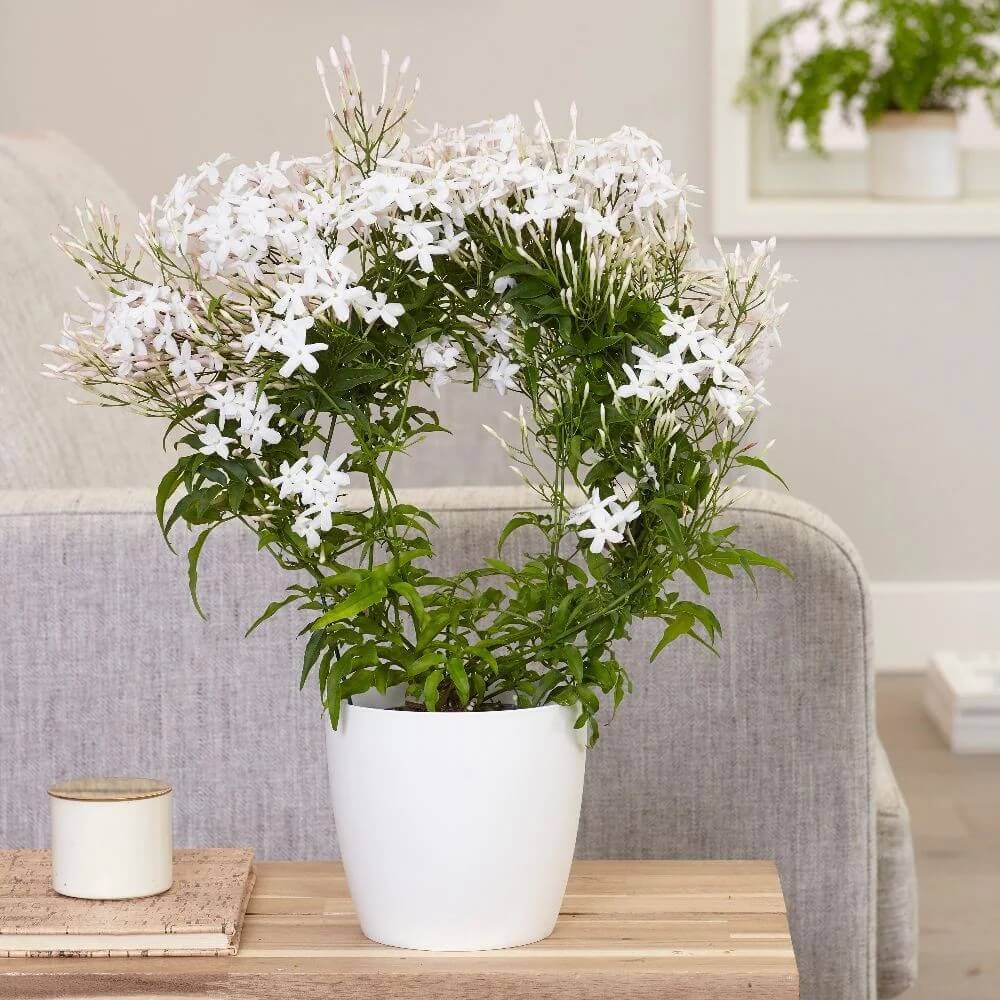
Each group of this species has a different aroma and a specific flowering time. Cape jasmine, for example, is a small tree and blooms during spring, while poet jasmine is a “climbing” type and blooms mostly from autumn to winter.
As jasmines originate from smaller trees, they are ideal for planting in outdoor areas or large balconies, where a larger pot or vertical gardens are possible.
9- BEGONIAS
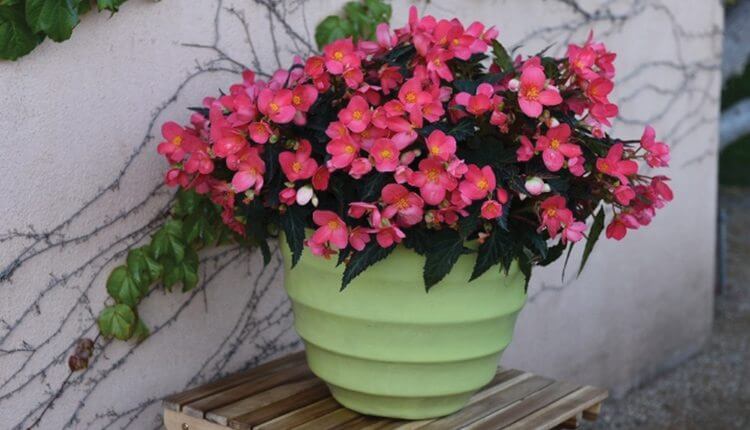
Its color ranges from white to red in the various species. As good natives of tropical climates, begonias adapt to warm, stable temperatures. They bloom all year round and, to remain healthy, they must be kept in places with controlled exposure to the sun.
Using begonias in decoration means having eye-catching arrangements in petals and leaves, which give a more romantic and delicate look to any space. As they do not reach large sizes, the species do very well in small places.
10- AND THE OUTDOOR SPACES?
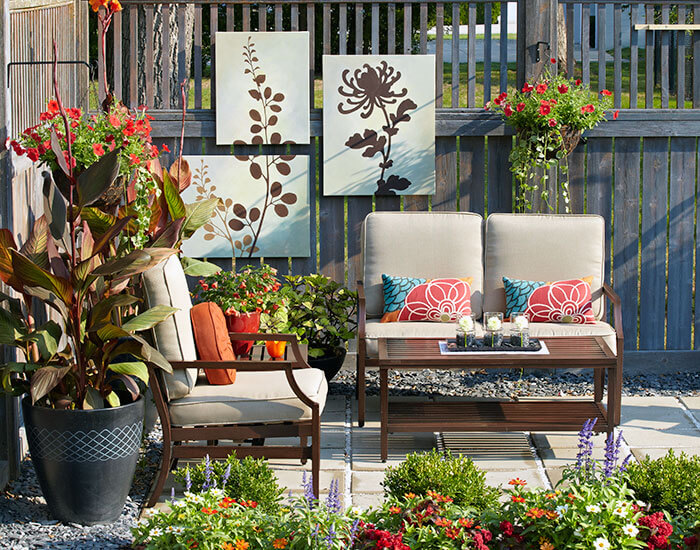
For outdoor areas, such as gardens, backyards and balconies, it is best to compose different visual levels with the plants. In this way, the space will always be well cultivated, from grass, shrubs and long-stemmed flowers to small or medium-sized trees.
The important thing is to prioritize species adapted to the climate, the amount of rainfall in the region and the intensity of sunlight that falls on the site throughout the day. Trees are excellent at filtering the amount of sunlight that comes in through the windows — a very important aspect in hot temperatures.
Flowers and shrubs planted directly in the ground help direct winds into or out of a home, depending on size and location. Therefore, in addition to being important allies in the decoration of the house , flowers and plants, even if on the outside, play a decisive role in the well-being of the residents of the residence!
11- WHAT CARE IS NEEDED?
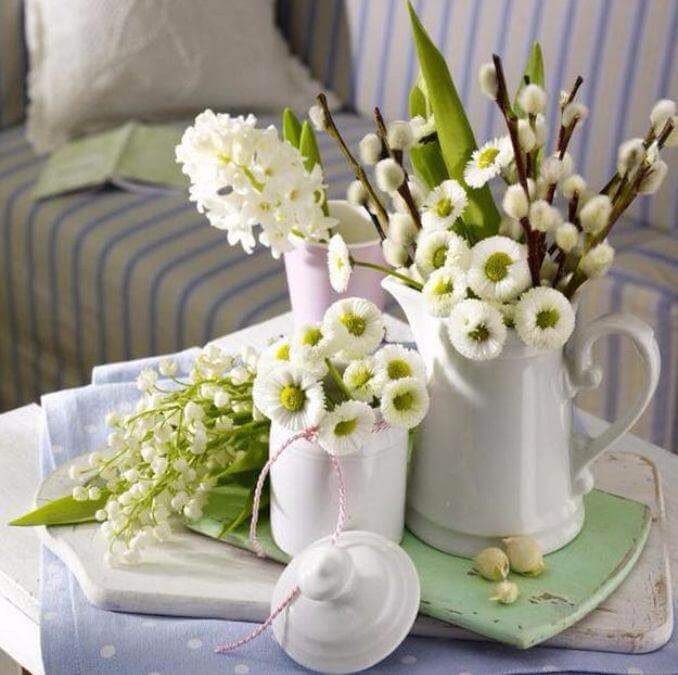
In general, natural flower pots should have a moist substrate. But be careful: don’t let the soil get soaked or allow water to accumulate in the dishes! Thus, you avoid damage to plants and prevent the proliferation of disease-transmitting mosquitoes.
If the vase contains only water, it needs to be changed every day. Additives such as sugars and lye can be added, provided they are in small amounts. In addition, stems in contact with water should be cut every two days.
Some species — such as the aforementioned Bromeliads — show color changes when they have nutrient deficiencies or other complications. In other words: always be aware of the behavior of your plants!
A curiosity about flower arrangements is that they should not be next to the fruit. Apples, avocados and bananas, for example, release substances that accelerate the aging of petals and leaves.
Another important point is that, if any flower withers, it must be removed immediately. That way, it won’t contaminate the others while emitting the same gases as ripened fruits. So, did you like our article? Now that you know how to decorate your favorite environments with flowers, share this content on social networks and contribute to making everything more flowery spring!
